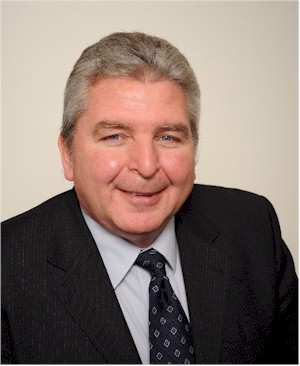by Jeremy Appel, Local Journalism Initiative Reporter

Alberta Child and Youth Advocate Del Graff
(ANNews) – Three years after its initial report on youth opioid use in Alberta, the province’s child and youth advocate says none of its five recommendations have been implemented, with dire consequences, particularly in Indigenous communities.
The 2018 report recommended the provincial government and local school boards offer more substance use education for students in elementary and high school; provide more substance use intervention training for child-serving ministries; that Alberta Health Services give special attention to youth opioid use; that AHS’s youth addictions and mental health programs provide more family support; and that the government engage in a review of the Protection of Children Abusing Drugs Act.
According to the 2021 “Renewed Focus” report, 95 people below the age of 25 died of accidental opioid poisoning in 2020, an increase of 33 deaths from 2019.
Child and youth advocate Del Graff told Alberta Native News that the sheer number of young people dying from opioid use necessitates a youth-specific strategy, which is rooted in prevention and treatment.
“At one end of the continuum is health promotion. We want young people to be able to grow up in a healthy way, to live a healthy lifestyle, have a healthy sense of who they are, have good supports around them (and) have all of those things that will provide protective factors if they find adversity in their life,” said Graff.
“Young people need a different treatment process than adults. Their bodies are different, their minds are different, their needs are different.”
“Renewed Focus” notes how Indigenous communities are particularly vulnerable to youth opioid use.
“Young people in all communities are impacted by the opioid crisis,” it says. “However, it is important to recognize some groups are disproportionately affected. For example, in Alberta, rates of apparent accidental opioid poisoning deaths were three times higher among First Nations people compared to non-First Nations people.”
Graff says there’s a “whole host of influences” that are rooted in colonization and intergenerational trauma.
“One of the things we often hear is that drugs medicate pain and people who have experienced trauma and intergenerational trauma can have some significant difficulties coping with that kind of intergenerational pain,” said Graff.
First Nations have been at the forefront of establishing innovative treatment methods, the report notes.
Graff cites the example of an event on opioid use he attended in Standoff on the Blood Tribe Reserve with Dr. Gabor Mate as a keynote speaker, which Graff assumed was intended for professionals in the field.
When Graff entered the event, he saw that it wasn’t just professionals in attendance, but members of the broader community of all ages.
“In many communities, they would just have professionals in the room, or some other groups in the room, but they wouldn’t be learning about that issue from a community collective place,” he said. “It really does reflect the different ways we think about learning and understanding the issues that impact communities.”
Graff says it’s frustrating how little action there has been on the problems identified in their initial 2018 report.
“We don’t want to do follow-up reports,” he said. “When you see almost 100 young people losing their lives from something like opioid poisoning, and we don’t see the level of action we would expect, we don’t see the invitations from government for Indigenous participation in terms of developing the strategy, those things are the reason we wrote this follow-up report.”



Be the first to comment on "An increasing number of Alberta Indigenous youth are dying from opioids"